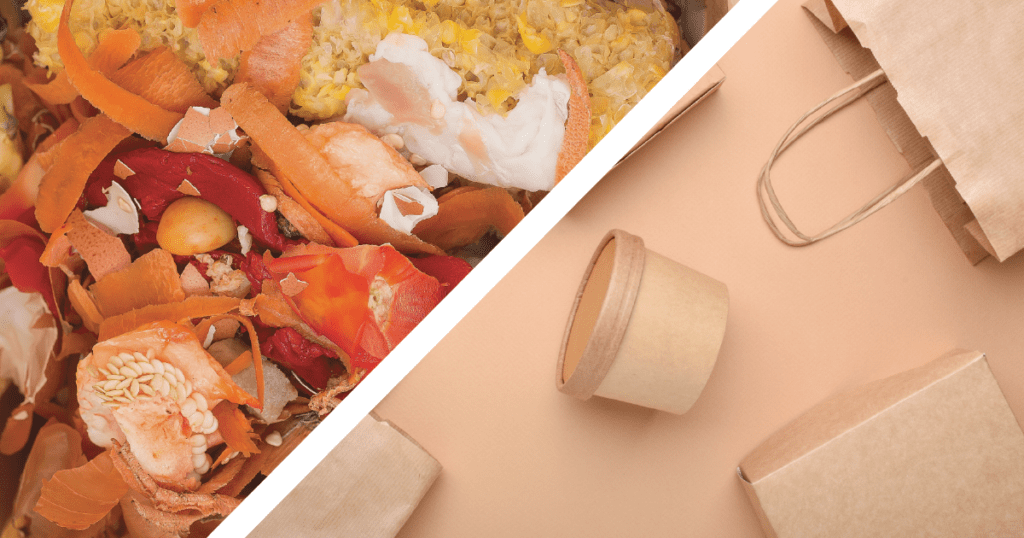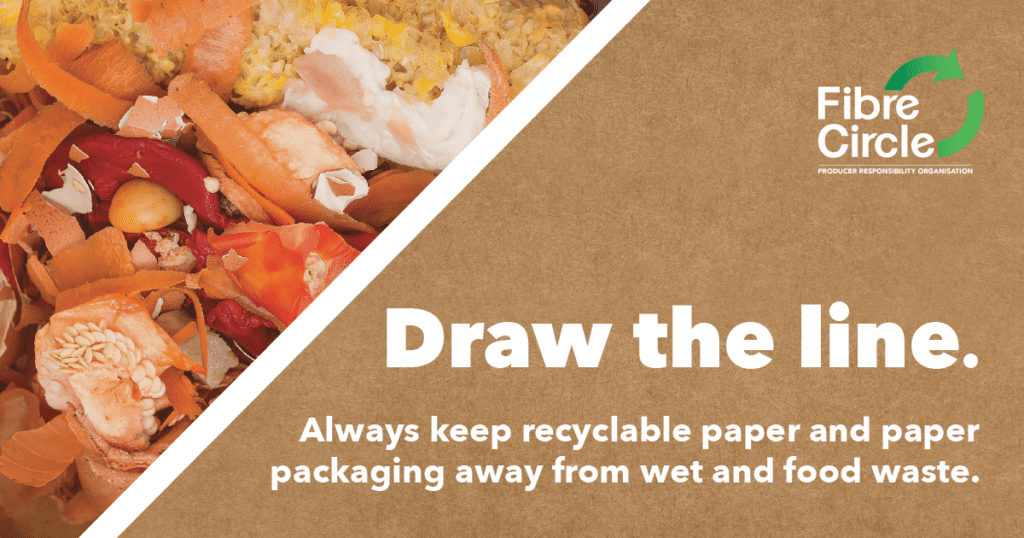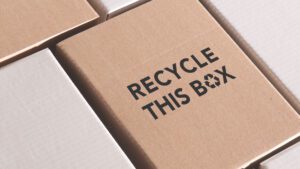According to available statistics, South Africans generate roughly 122 million tonnes of waste a year, with a mere 10% recycled or recovered for other uses. Ninety percent is landfilled, dumped illegally or lost to the environment.
“That’s around two tonnes of waste per person per year that goes into the ground,” says Edith Leeuta, CEO of Fibre Circle, the producer responsibility organisation for the South African paper and paper packaging sector. “Imagine the difference every single person could make to our planet and our economy by separating recyclables for reuse in new products, and composting organic and food waste?” “With a little bit of thought and a few extra bins or containers around the home, each and every South African can change their rubbish to recycling ratio,” she notes. Ideally your recycling bins should be bigger than your landfill waste bins too. Do a quick waste audit- How many rubbish bins do you have in your home?
- How many recycling bins do you have?
- How much refuse goes out with the weekly municipal collection?
- How much could you be keeping away from landfill by recycling?
- Do the people in your home understand the concept of recycling and separating waste?

You might be throwing away paper products or packaging that you didn’t know are recyclable. You might be astounded at the number of common household materials that can be recycled.
Bathroom:- Cardboard tubing from the toilet paper roll
- Paper packaging used for toiletries like toothpaste, cosmetics or tissues
- Boxes and inserts used for over the counter medicine
- Paper cups (these are recyclable but there is limited recycling capacity)
- Office/printing paper, notebooks (minus wire binding and laminated covers)
- Magazines and reports
- Paperback books – you could donate old books to a library or community centre but for those that are too worn and torn, a new life awaits through recycling
- Post – if you still get any, including envelopes and advertising mail
- Magazines
- Newspapers
- Cardboard boxes from your online shopping
- Boxes from cereal, biscuits, tea, pasta, doggy treats and other dry goods
- Milk or juice cartons (these are recyclable but there is limited recycling capacity)
- Pizza boxes and other clean takeaway packaging (always remove food residue)
- Egg cartons and take-away cup holders
- Grocery delivery bags and paper shopping bags from retail stores or restaurants
- Tubing from kitchen towel rolls









